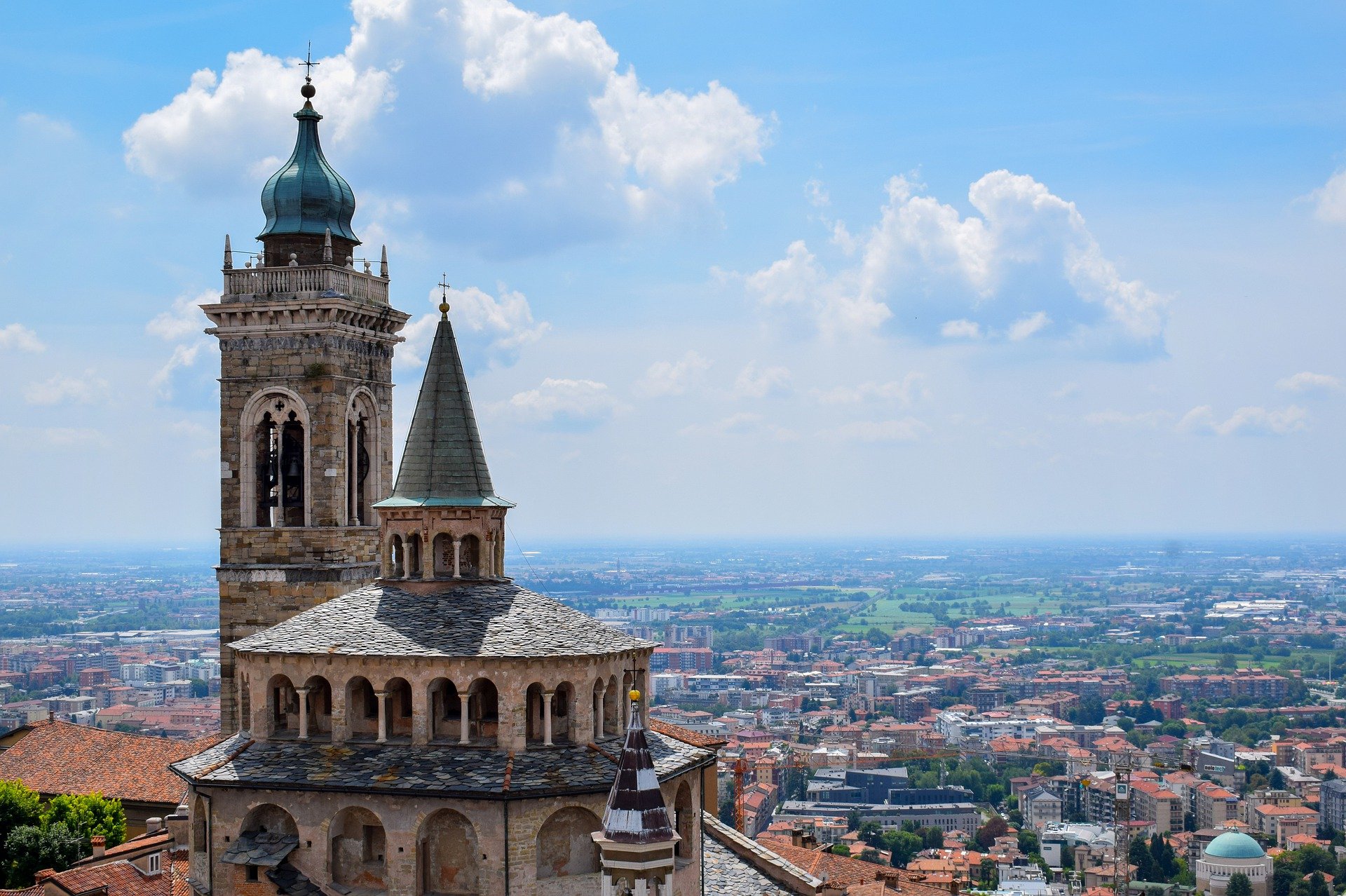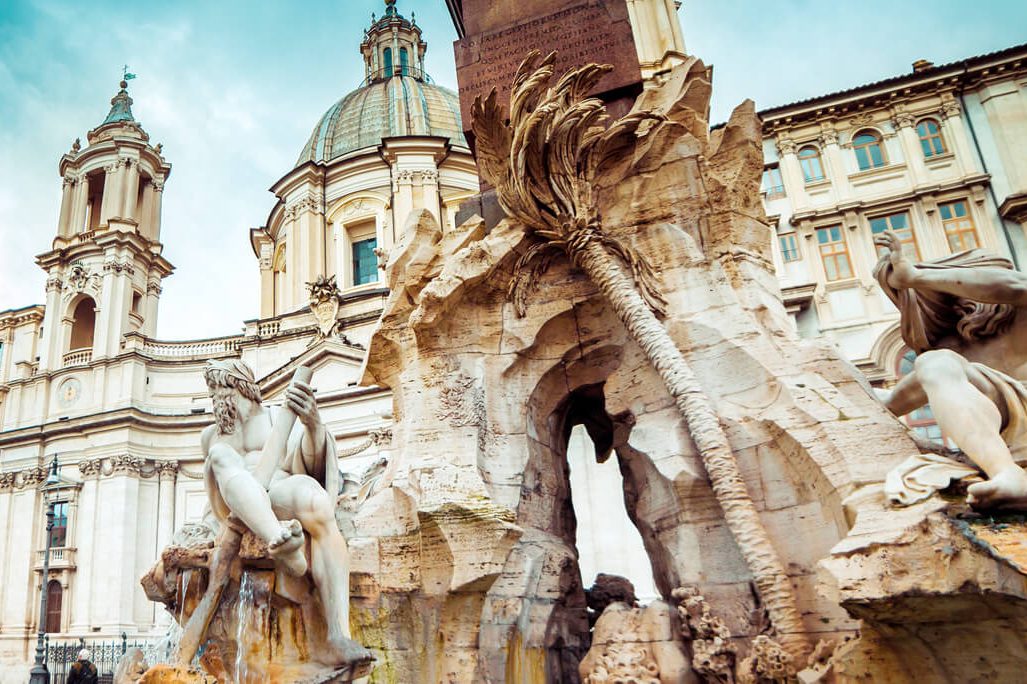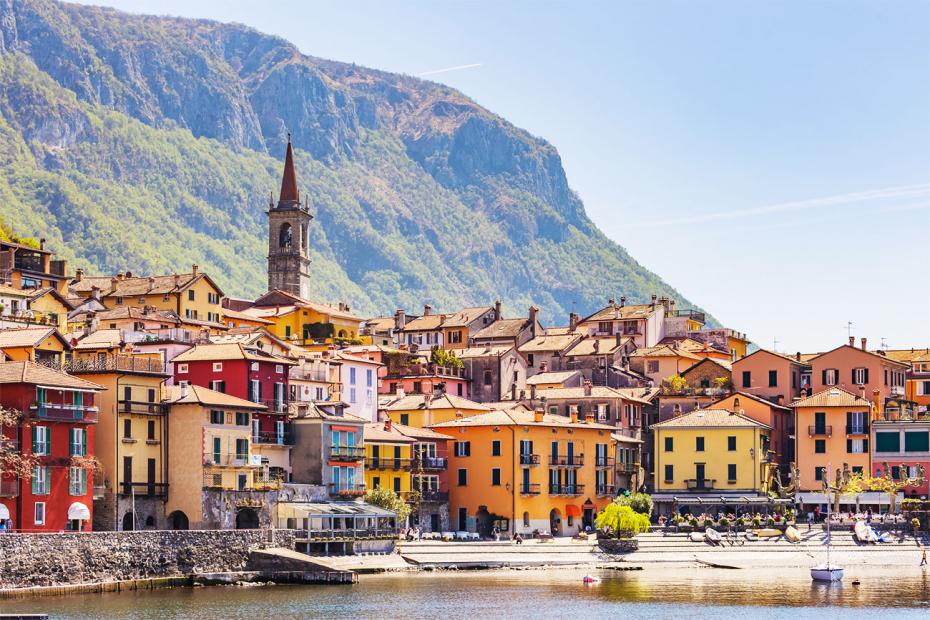If visiting Italy has been something that you’ve wanted to do for so long March is one of the most cost effective times to go. March is still “shoulder season” in Italy, which in the travel world means that rates for airfare and hotels are lower than they will be in April.
If you’ve already been to Italy and want to see more than just the city centers of Rome, Venice and Florence, venturing out into the Lombardy Region is an interesting choice. Thanks to Milan it has the largest population and is the richest of all of Italy’s regions, but Lombardy is also Italy leading agricultural area.
Although its best known city is Milan, the fashion capitol of Italy, Lombardy’s other interesting towns include Brescia, Bergamo, Cremona, Pavia, Como, Mantua, and Monza. Each of these feature special festivals and landmarks, which can make your March visit memorable.
For instance, Bergamo, just 32 miles north of Milan, is far away from the crowds in that city for the March fashion shows. A picturesque town, Bergamo has both a lower and an upper part. The latter is accessible via tram and rewards visitors with sites such as the Cittadella built in the 14th century, a scenic old square of Piazza Vecchia, plus the Palazzo della Ragione, the Museo di Scienze Naturali Enrico Caffi, and a botanical garden. Venetians built the heavy walls around this upper city in the 17th century.
The Venetians also left behind many of their pasta traditions such as Casonsei, a meat filled pasta, and Scarpinocc de Par (shoes from Parre) ravioli named so for their shoe shape. Also, not to be missed is the Bergamo golden colored Polenta often flavored with Branzi cheese. This semi-soft cheese that pairs perfectly with Lombardy red wines has a unique flavor because it is made from the milk of cows that graze exclusively on the grasses and herbs growing in the Alpine village of Branzi.
Pavia is another interesting town to explore in Lombardy. Located about 20 miles south of Milan it is a university town with several well-known churches with awe-inspiring architecture including The Certosa di Pavia, a monastery founded in 1396. There’s also the Cathedral of Pavia with the third largest dome in Italy [following St Peter’s Basilica and Santa Maria del Fiore in Florence]. Of interest, too, is the San Michele Maggiore, an outstanding example of Lombard-Romanesque architecture; and the Basilica of San Pietro in Ciel d’Oro, where St. Augustine is buried.
Yet another compelling reason to visit Pavia in March is the La Grande Fiera di Pavia Sapori or the grand fair of the tastes of Pavia. In Italy Pavia is often thought of as the Tuscany of the North and, no wonder because it has its own hilly vistas covered with medieval villages and, even for Italy, its food and wines are outstanding. In March local restaurants celebrate with special menu items and wines from the Oltrepò Pavese winemakers. In addition to foods, area crafts are featured.
This is one of the largest wine producing areas of Italy and hiking or biking out to the scattered vineyards is a great way to burn some of those enjoyable calories. Most of these wineries have been in the families since the Middle Ages. Rovescala, a province in Pavia, features a wine festival every weekend of March with wine tasting including the area’s acclaimed Bonarda, produced locally for more than 800 years.
Brescia, as well as Pavia, has Antique markets in March that draw in upwards of 100 exhibitors. For collectors, these markets offer a particularly enjoyable activity. But Brescia, about 65 mi. from Milan is also one of the most significant archeological areas in Northern Italy. A forum overlooks the Capitoline Temple built in 73 AD and the remains of one of Italy’s largest amphitheaters, which could hold around 15,000 people.
If you’re musically inclined, a visit to Cremona is a beautiful added notation to your vacation in the Lombardy Region. If Cremona doesn’t ring a bell, the name Stradivarius will. This town is home to some of the most famous violins in the world and you can actually watch some of these craftsmen at work.
As for accommodations in the Lombardy Region much of the choice depends on what your want to see, or rather, how you prioritize what you can’t miss. You’ll find that the region has a range of choices for every mood from agritourism opportunities and small bed and breakfasts all the way up to luxury designer hotels such as the Armani Hotel Milano.
To check out the availability for luxury stays, see kiwicollection.com. For agritourism accommodations visit agritourism.it and italyworldclub.com. As always, hotels.com and venere.com can help travelers save time by determining how close particular hotels are to the things they want to see most.































